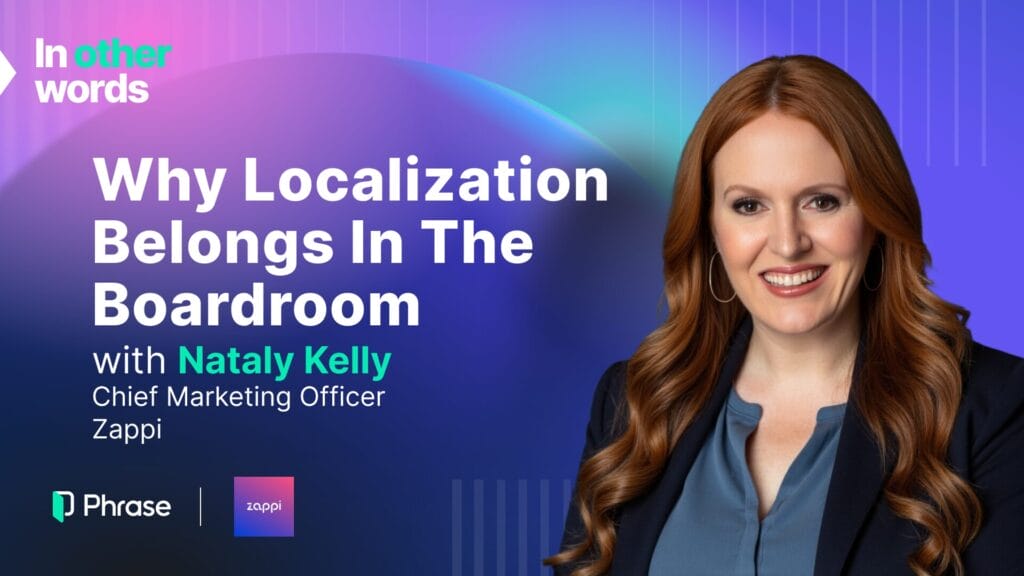When a company is growing, it is often difficult to cover all the bases. This means almost every company will be faced with a decision: “Should we sell our existing products in new markets, or should we create something new for our current customers?”
While entering new markets will ultimately drive growth at a larger scale, expanding your product line is a powerful and often overlooked opportunity that can help put you ahead of the competition.
Product expansion means introducing new features and versions, or occasionally entirely new products, tailored to the cultural expectations of a particular market, or built as an add-on, enhancing the value and market share of your existing core product.
It aims to deliver more value and capture additional revenue from your current customers. Unlike market expansion, which is about finding new buyers for existing products, product expansion asks a compelling question: “What else can we provide to our customers?”
In this post, we’ll clarify exactly what product expansion entails, distinguish it from market expansion, and look at four practical product expansion strategies: innovation, bundling, re-segmentation, and adaptation.
In each case, we’ve included some real-world examples, and insights that will help you take advantage of the opportunities on offer. We’ll also take a quick look at how different types of localization—adapting your product for different languages and cultures—are essential to succeeding globally.
What is product expansion (vs. market expansion)?
Product expansion is all about expanding your product lineup or features to deliver more value to existing, and potential customers.
As we mentioned earlier, this could mean launching new product lines, adding new (and often substantial) features, or developing specialized versions tailored to various customer needs.
Whether it’s offering a new flavor or color, or redesigning a product from the ground up, the ultimate goal is to increase revenue and market share by offering more choices.
As an obvious example, consider Coca-Cola’s approach. While Coke is popular in dozens of countries around the world, the company has always been great at catering to local tastes, from big names like Fanta, to smaller regional brands like Chile’s Andina Fruit juice range, or Cal C, a yoghurt-based drink available in Japan.
Market expansion on the other hand, involves selling your current products in new markets or to new customer segments. This could mean entering a new country or region, or targeting an entirely new sector.
While these strategies complement each other, it’s important to understand their differences. Product expansion is about enhancing what you offer, while market expansion is about who, or where you sell.
Why pursue product expansion?
Expanding your product range delivers substantial benefits:
- Increase customer value and revenue: Offering new features or products can significantly boost your average revenue per customer. Research from McKinsey shows organizations diversifying their product lineup were 30% more likely to increase revenue.
- Gain a competitive edge: Introducing new or improved products can help differentiate a brand, and diversify your revenue streams.
- Reach new customer segments: Different product tiers or versions can attract customers previously unable to use your primary offerings.
- Increase customer loyalty: Providing comprehensive solutions ensures customers stay within your ecosystem, reducing the risk they’ll seek competitors.
Let’s take a look at the four main approaches to product expansion, along with some real-world examples of them in action.
1. Product innovation: Adding new features and products
Product innovation is the most direct form of product expansion – it means building new features or entirely new products to better serve your customers and attract new ones. This could involve adding significant functionality to your existing product, developing complementary products that extend your lineup, or even creating something in a brand-new category (related to your core strengths).
How it drives growth:
Product innovation lets you solve more of your users’ problems (or solve existing problems in new, better ways).
By continuously improving and expanding your offerings, you increase the value you deliver, and expand your commercial footprint. One only has to look at the range of add-ons offered by Apple to see this in action. From Airpods to the Magic Mouse, these are designed to create both a functional and an aesthetic ecosystem which attracts new customer segments and provides revenue streams which do not rely on customers purchasing large, high-ticket items as often.
It’s also a key way to stay ahead of customer expectations and keep your product portfolio fresh. Companies known for long-term success often have innovation at their core – they don’t rely on a single hit product forever, but rather keep evolving.
One great example of product innovation comes from Toast, a restaurant technology company.
Initially focused on point-of-sale software, Toast steadily expanded its platform with new features year after year—including kitchen management, inventory tracking, online ordering, and integrated payments.
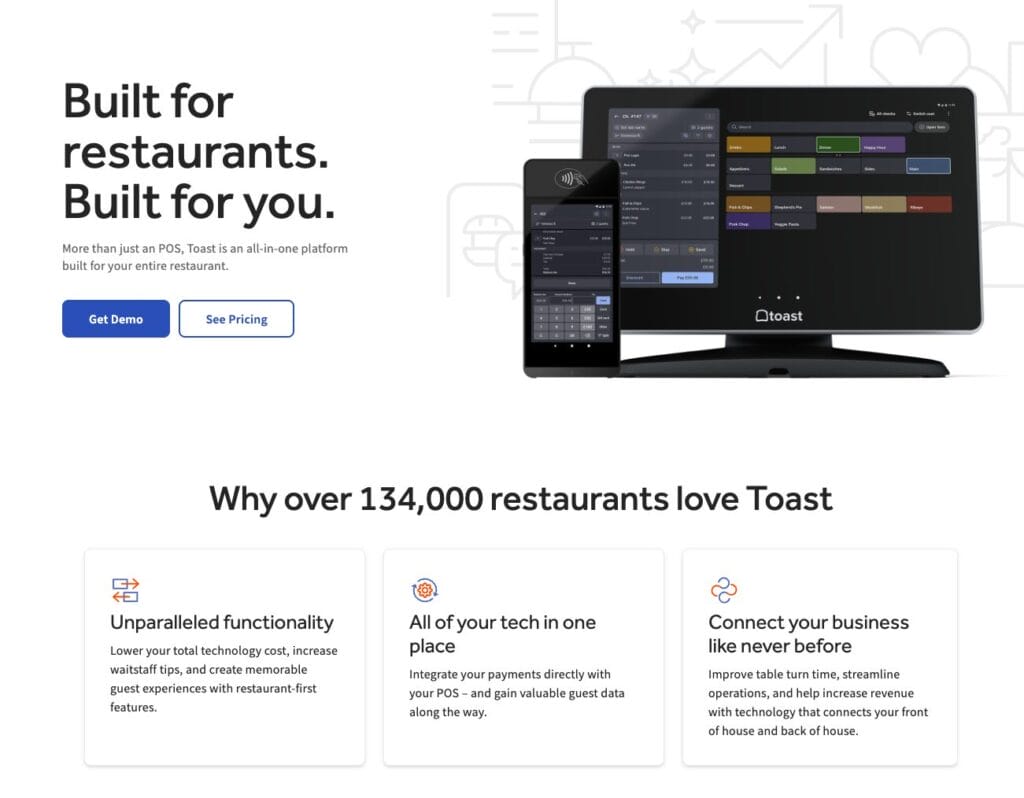
By continuously enhancing its offerings to meet more of a restaurant’s operational needs–kitchen management, inventory, integrated payments, online ordering and more–Toast evolved into a comprehensive all-in-one platform.
As a result, Toast significantly grew its revenue and became a market leader in its vertical by addressing more and more of a restaurant’s operational needs through new product features.
Spotify is another great digital example. Originally dedicated to music streaming, it expanded by introducing podcasts and audio shows within the platform, and is now introducing broader features such as remix capabilities.
These features have increased user engagement, and also opened up new ad revenue sources. Meanwhile, users who might have gone to a different app for podcasts now stay within Spotify’s ecosystem.
Implementing product innovation:
The core of product innovation is simple–listen to customer feedback and invest in R&D. While this may not be quite so easy in real life,as on paper, there is a tried-and-tested process that can help:
- Identifying customer needs or pain points that your current product doesn’t address. ( Spotify saw users leaving the app to listen to podcasts elsewhere – a need they could fill.)
- Developing new solutions to meet those needs, whether it’s a feature addition or a separate product. Start small if needed – e.g. build a minimum viable product for a new feature and test adoption.
- Iterating and improving based on user response. A new feature may require refinement or new products might be launched in beta to gather feedback.
- Communicating the new value to your market. A new feature is only valuable if people know it exists. Communicate clearly and consistently, whether through marketing campaigns, in-product messaging, or other viable channels such as influencer partnerships.
Above all, make sure innovation aligns with your core value proposition. The goal isn’t to tack on shiny features. It’s to solve more of the right problems, for the right people, in ways only your brand can.
2. Bundling and packaging: Combining offerings for greater value
Bundling is one of the simplest ways to expand your product—and one of the most effective. It’s the classic “better together” play: take two or more products or features, package them as a single offer, and create extra value for the customer (and more revenue for you).
Whether it’s a feature-rich software suite or a curated product package, bundling turns individual components into a more compelling whole. It’s not just about pricing—it’s about convenience, simplicity, and added utility.
How it drives growth:
Bundling can increase the average transaction value and encourage customers to use more of your products. By offering a bundle, you make it easier (and often cheaper) for customers to get a fuller solution, which can lead to higher adoption of all included components.
For the company, this means more revenue per customer and a stickier relationship (since the customer relies on you for multiple needs). Bundling can also help you introduce newer or less known products by pairing them with popular ones.
Real-world example: Notion’s expansion into an all-in-one productivity hub
Notion started as a simple note-taking and documentation tool but has gradually evolved into a bundled productivity suite. Today, it offers project management, databases, AI writing tools, team collaboration features, and integrations with tools like Slack and GitHub—all within one platform.
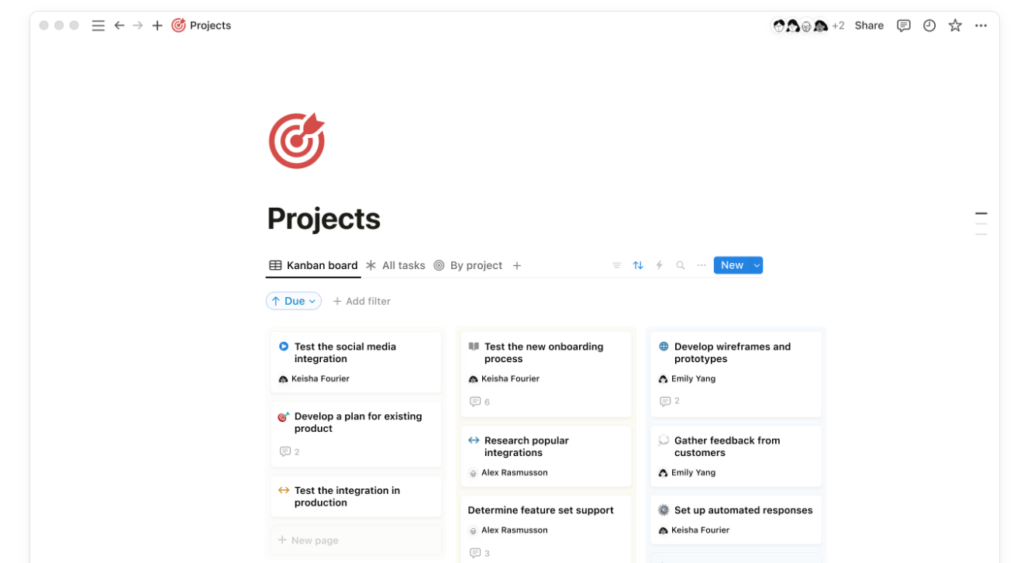
Rather than selling each capability as a separate tool, Notion integrates them seamlessly to create an all-in-one workspace. This bundling strategy appeals to teams and businesses seeking simplicity, coherence, and cost-efficiency, driving wider adoption and greater retention.
Real-world example: Microsoft changes its model
On a larger scale, Microsoft’s bundling of Word, Excel, Powerpoint, and other software first as Microsoft Office Suite, and then into the Microsoft360 subscription package shows how bundling can provide much greater value to an end user, while also creating a new ecosystem that can radically alter adoption and retention.
Microsoft’s adoption of bundling is particularly interesting as it helped drive a larger digital transformation across the business, moving from a revenue model in the early 2000s that relied on large hardware launches and the revenue peaks that came with them, to a more sustainable and predictable subscription stream.
Implementing bundling:
When pursuing a bundling strategy, consider these tips:
- Bundle with intent: Make sure everything in the bundle solves a larger, shared problem. Don’t just lump products together—show how they connect.
- Price for value, not volume: Customers should feel like they’re getting a deal. But don’t underprice—bundle to improve perceived value while protecting margins.
- Lead with simplicity: Highlight how bundling makes things easier—fewer decisions, fewer vendors, one place to go for support.
- Offer flexibility: Not everyone needs the full package. Let customers build their own bundle or choose from tiered versions (basic, standard, premium).
By packaging offerings strategically, companies can expand their product portfolio and encourage customers to engage more deeply.The goal is simple: give your customer more value in one place, and you’ll earn a bigger share of their wallet in return.
3. Re-segmentation: New versions for different customer segments
Re-segmentation is about serving different audiences with smarter variations of your product. Instead of one-size-fits-all, you create targeted versions built around specific needs, preferences, or constraints.
Maybe that means stripping things back for a lightweight, entry-level version. Maybe it means doubling down with a high-powered edition for enterprise clients. Either way, the idea is to reshape—not reinvent—your product to meet different customers where they are.
How it drives growth:
Re-segmentation allows you to capture new customer segments that might not have used your original product, without completely reinventing the wheel.
Often it’s about lowering barriers or increasing appeal for those segments. For example, maybe your primary product is a premium offering for enterprise customers – re-segmentation could mean creating a simplified, lower-cost version to attract small businesses or individual users.
Conversely, if you started with a basic product for mass market, you might develop a more advanced “pro” version to upsell power users or enterprise clients. By doing this, you expand your total addressable market and can drive growth in each segment with a product tuned to them.
Real-world examples: HubSpot’s masterclass in modular growth
Originally launched as a marketing automation tool for small and mid-sized businesses, HubSpot expanded its product through re-segmentation to serve a much broader audience.
It introduced a free CRM to attract startups and solo users, while offering tiered versions—Starter, Professional, and Enterprise—for growing businesses and large-scale teams. Each tier includes capabilities tailored to that segment’s needs, from basic email tracking to advanced analytics, custom reporting, and governance controls for enterprise users.
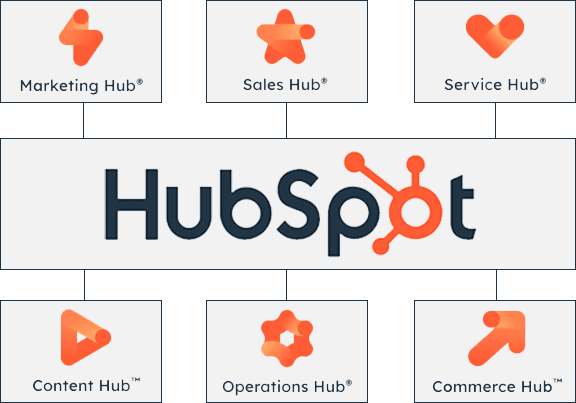
HubSpot also modularized its platform into distinct “Hubs” (Marketing, Sales, Service, CMS, and Operations), allowing users to buy what they need, and nothing they don’t.
This strategy helped HubSpot capture a much wider market, converting entry-level users into long-term customers and enabling larger organizations to adopt a platform tailored to their complexity—all while keeping the core experience consistent across segments.
In the SaaS world, re-segmentation shows up all the time. Project management tools offer “free,” “pro,” and “enterprise” tiers. Adobe Creative Cloud has plans for solo creators and massive teams. Slack does the same. Each version hits a different price point and use case—but all stem from the same core product.
You also see this play out in industry-specific editions. A generic platform might release a special edition tailored for, say, healthcare providers, with specific compliance features and terminology.
By doing so, the company can win a niche segment by speaking that segment’s language. (This overlaps somewhat with the adaptation/localization strategy below when industry culture is considered.). It’s the same engine, just tuned for a different track.
Implementing re-segmentation:
To pursue this strategy, you should:
- Identify underserved segments: Look for potential customers who are out of reach due to price, complexity, or missing features.
- Tailor without overhauling: Remove friction, simplify flows, or add niche-specific functionality—but stay anchored to your core value.
- Rebrand if needed: Sometimes a new name or positioning helps signal the shift. Think “Lite,” “Pro,” or “[Your Product] for Healthcare.”
- Preserve the experience: Each variant should still feel like your product. The goal isn’t to build five different things—it’s to fine-tune one great thing for different users.
Re-segmentation is a way of saying “one size doesn’t fit all” and proactively offering the right size. When done correctly, it can dramatically broaden your customer base. Localization can also come into play here: if your new segment is defined by region or language, you’ll need to incorporate translation and cultural adaptation as part of the re-segmentation (more on that next).
4. Adaptation & localization: Making your product feel native everywhere
When companies expand geographically or into very different customer contexts, product adaptation becomes critical. This strategy is about modifying your product so that it feels native to a new market, region, or user context.
Adaptation can involve changes in language (localization), UX design adjustments for cultural preferences, adapting content to local regulations or norms, and tweaking features to fit local needs or industry-specific requirements.
In many cases, adaptation is what makes global product expansion possible – it’s the bridge between your product and a new audience’s expectations.
How it drives growth:
No matter how successful a product is in one market, simply dropping the exact same offering into a different market without adaptation often leads to failure.
By localizing and tailoring the product, you unlock access to entirely new customer bases. Adaptation enables market expansion: you might treat it as a subset of market expansion strategy, but from a product perspective, it’s about expanding your product’s appeal and usability to new groups of users.
Successfully adapted products can quickly multiply a company’s growth by tapping international markets or new industries. Moreover, adapting features for different segments can increase usage and satisfaction in those segments, driving growth through word-of-mouth and local relevance.
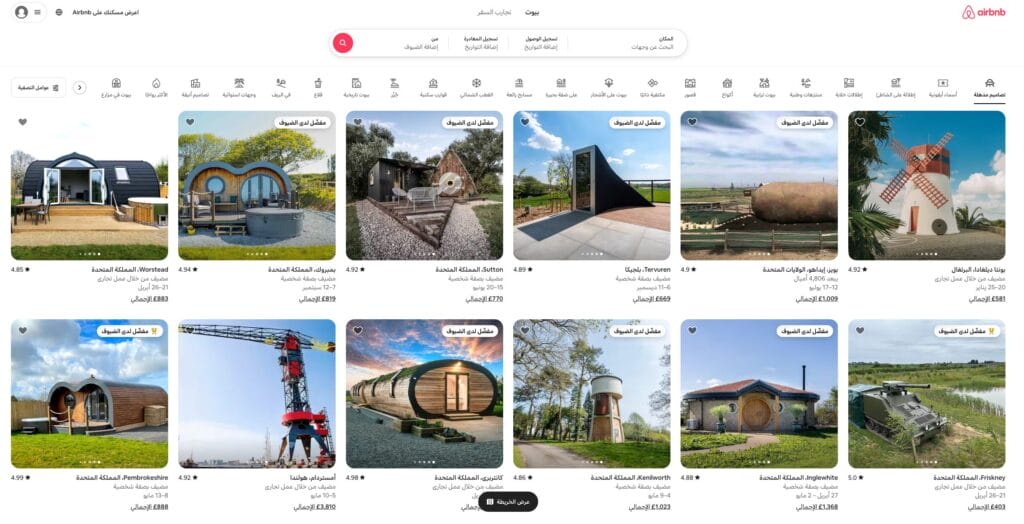
Airbnb is a company whose product is inherently global (connecting travelers with local hosts), and they’ve invested heavily in localization to support its expansion worldwide.
The Airbnb platform is offered in over 60 languages and is customized for local needs. For example, in China, Airbnb integrated local payment methods and social logins.
By adapting its UX and content for each region, Airbnb ensures users everywhere feel the product was made for them, which has been key in gaining users across Europe, Asia, and beyond.
Another great example is Netflix. Originally a US-only service, Netflix is now available in 190+ countries.
This success is not just because they opened access globally, but because Netflix adapted to each market through extensive localization. It translated the user interface and subtitles into almost 30 languages and even localized content (offering region-specific shows and dubbing in local languages).
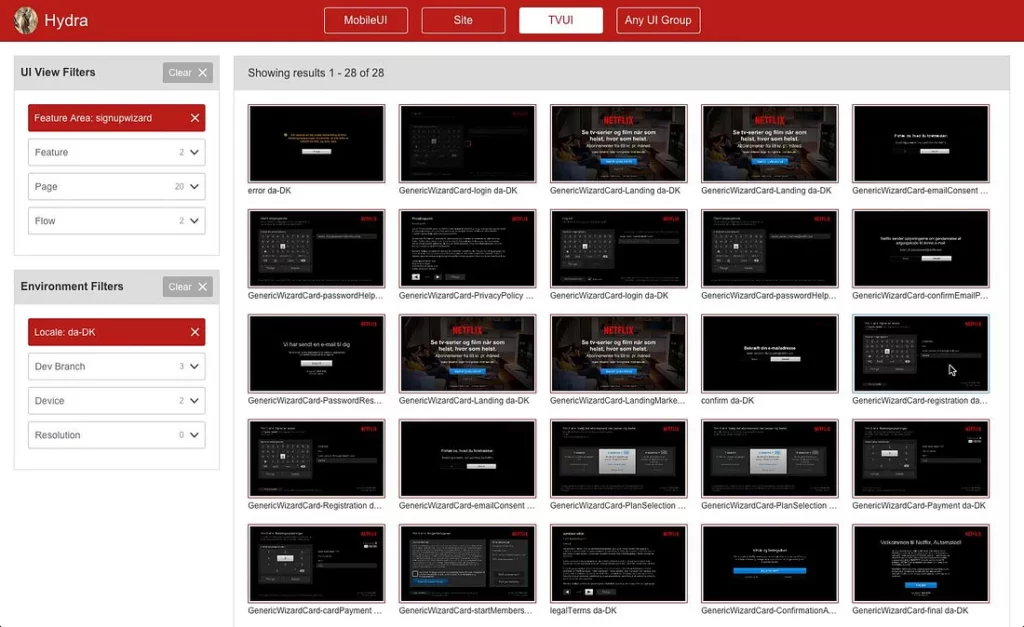
In fact, Netflix built an internal localization system (known as “Hydra”) to automate and scale the translation of its product and content, reflecting how crucial adaptation is to its strategy. Netflix also continues to invest in technology to manage multilingual content at scale.
Thanks to these efforts, Netflix’s product feels “at home” whether you’re in Japan, Brazil, or France – driving massive international growth.
Adaptation isn’t only about language. It can include adjusting features or business model to local contexts. For instance, a fintech app expanding to a new country might need to support that country’s specific ID verification process or local banking systems.
A game developer might alter game content (as PUBG did after discovering a feature conflicted with cultural norms in the Middle East, requiring its removal).
In B2B software, adaptation could mean aligning the product with industry-specific regulations (like adding data privacy features to enter the EU market under GDPR). In all these cases, tweaking the product makes it viable and appealing in the new context.
The role of localization
Localization is a subset of adaptation focused on language and cultural nuance. It’s often the first step in product adaptation for international expansion. Translating your app or website text, localizing units and formats (dates, currency, measurements), and ensuring imagery and design are culturally appropriate are all vital.
Studies show that about 76% of customers prefer purchasing products with information in their own language, so offering a localized experience dramatically increases your chances of customer adoption in non-English markets.
Even within the same country, localization can apply (for example, adapting language or content for different regions or communities).
Product and marketing managers should plan for localization early when expanding a product.
This is where localization tools like Phrase come into play. Using a robust localization platform can streamline the process of managing translations and cultural adaptations across your product’s UI, documentation, and marketing content.
For instance, Phrase enables teams to update and maintain multiple language versions of an app efficiently, so when you add new features or tweak the UX, you can quickly roll out the changes in all target languages consistently.
These tools help integrate localization into development (often through automation and workflow integration), ensuring that adapting your product for new locales doesn’t become a bottleneck.
Implementing adaptation:
To successfully adapt your product, consider the following:
- Start with real research. You need to get under the skin of the market you’re moving into. That means local user expectations, cultural norms, legal must-haves—the whole lot. What flies in one country might fall flat in another. The same goes for industries. Don’t assume you can copy-paste.
- Sort out your codebase. For software teams, that means internationalizing properly: externalize your text strings, support UTF-8, allow for text expansion, and bake in regional settings early. It’s boring but essential. If your architecture isn’t set up to localize cleanly, everything downstream gets harder and slower.
- Bring in the right people. Use professional translators and cultural experts, or work through platforms like Phrase that plug you into vetted specialists. And test. Local beta testers will flag things you’ll never spot in-house—maybe the layout reads strangely, maybe a color offends, maybe the flow just doesn’t land.
- Don’t stop at the text. Yes, language matters—but so do features. A travel app entering Japan? Add local train schedules. An ecommerce site expanding into the Middle East? Watch out for product categories that may not be appropriate and tweak your recommendations engine accordingly.
Localization without functional adaptation is only half the job.
You want to adapt, not fragment. The goal is local relevance without losing global consistency.
Airbnb’s Salvo Giammarresi put it well:
“Creating products and services that are culturally appropriate, locally relevant, and globally consistent at scale.”
That’s the bar. Don’t water down what makes you valuable—just make sure it shows up in the right language, tone, and format for the people you’re trying to reach.
Adaptation and localization often make the difference between a product expansion that succeeds internationally and one that flops. It’s a strategy that enables you to unlock growth in new markets by meeting customers where they are in terms of language, culture, and usage.
In practice, adaptation might overlap with the other strategies (for example, your bundle in a new region must be localized in marketing, or your innovative new feature might need different tweaks per locale), which is why we emphasize weaving localization into your expansion plans from the start, not as an afterthought.
Conclusion
Product expansion is one of the most effective ways to drive real business growth. By broadening what you offer—whether through innovation, bundling, re-segmentation, or adaptation—you open up new revenue streams, deliver more value to your customers, and strengthen your position in the market.
While market expansion asks, “Where else can we sell this?”, product expansion poses a different question: “What else can we offer?” That question often leads to more impactful outcomes: New product lines, better customer fit, and longer-term resilience.
These strategies aren’t mutually exclusive. The smartest companies combine them. You might launch a new feature, bundle it into your main platform, create a stripped-back version for a specific segment, and localize all of it for different regions.
What matters is having a clear product strategy: know which moves align with real customer demand, and which play to your strengths. Validate that demand properly through research, user feedback, and testing, and don’t treat go-to-market planning as an afterthought.
Packaging, pricing, support: it all needs to work together.
One consistent thread across all these approaches is localization. Whether you’re tailoring your entire product for a new market or simply translating a landing page, investing in localization strengthens every other part of your expansion plan. It’s what connects your product innovation to a wider, global customer base.
If you’re doing this at scale, it’s worth using a localization platform like Phrase to keep everything running smoothly and maintain quality across every language and region.
In short: expanding your product offering keeps your business moving. It keeps your brand relevant. It creates more ways to grow, not just by finding new buyers, but by offering more to the ones you already have.
The four strategies covered here (innovation, bundling, re-segmentation, and adaptation) are tried and tested across industries.
Done right, they don’t just boost revenue. They build a stronger, more future-proof business. This is how you plant the next phase of growth, and with a clear plan and the right localization support, watch it take root in markets all over the world.
Speak with an expert
Want to learn how our solutions can help you unlock global opportunity? We’d be happy to show you around the Phrase Localization Platform and answer any questions you may have.



